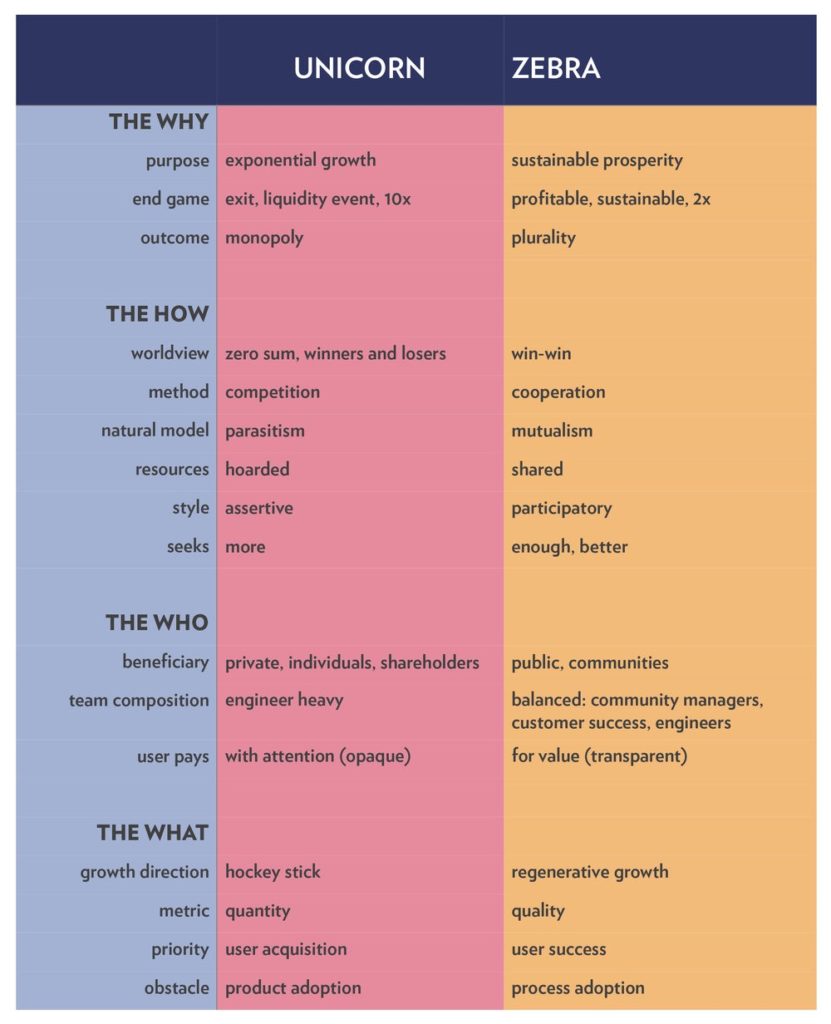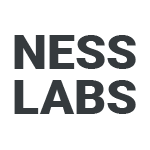This year felt longer than usual. So much has happened it’s hard to believe it was only 365 days. It’s been a long time I haven’t written this type of self-reflection article, but 2018 has been such a pivotal year that I wanted to take a moment to look back.
Up to 2017, my career had been mostly defined by my work at Google. Organising events, launching new products, travelling the world to partner with brands, designers, and publications… It was all extremely fun and exciting, but I felt like I was evolving inside a playground with well-defined rules everyone was expected to understand. Progressing was just a matter of consistently applying these rules for a long enough period of time.
When I left Google to work on my own startup, I thought I was escaping this playground to create a space where I would be free to design my own rules; in fact, I was just abandoning a set of rules for a new one, which was also constraining. Dealing with investors felt like dealing with a new type of boss that had incentives completely foreign to mine.
2018 was a turning point because, after participating in an accelerator and seeing some of the absurdities born from a system that values growth over profit — for example, 75% of startups that go public are unprofitable — I discovered the zebra movement, which focuses on profitable businesses. In the words of Indie.vc:
“Real businesses make products and sell them for a profit. They focus on customers, revenue and profitability; not investors, valuations and the next fundable milestones.”
Zebras Unite.

Many indie makers are trying to build real businesses, some full-time, some as a side project, most willing to quit their main job in the future should they be able to do it sustainably. The more I read about the movement, the more I realised how aligned it was with my own core values. This approach simply resonated with me in a way the Valley tech startup culture never really did.
The first place I started connecting with other makers was Product Hunt, which is one of the few corners of the internet where founders of funded startups, indie makers, and remote engineers all hang out together. I had been a “hunter” for a while, but this year I decided to launch my first product on Product Hunt. Built in five days in the open, this first product got me hooked: I wanted to ship quickly, get feedback from real users, and build stuff people would actually pay for.
The second place that was transformational to me was Women Make, a community of female makers, and probably one of the most supportive online groups I’ve ever joined. I’m forever grateful to everyone in this group for being such a big source of inspiration. It’s very rare to find a place where people are both kind and their most authentic self.
Working in public
Traditional startups are by definition confidential. When they don’t have revenue, their perceived value lies in their exclusive IP and how hard their current success would be to reproduce. In contrast, indie startups are often built in the open. Hundreds of founders are sharing their metrics and learnings on Twitter and Medium. A big proponent of the Open Startups movement is Buffer, with their Default to Transparency mantra, and public dashboards for everything from revenue, to the individual salaries of their employees, diversity numbers, pricing breakdown, and the way they calculate equity.
From the first product I built this year, I decided to work in the open. When writing Make & Shine, this meant sharing my progress on Twitter, asking for feedback on Telegram, and using NewCo as a public accountability dashboard. This was my very first ebook, and getting suggestions from the community as I was going proved incredibly powerful.
When I finally launched, the book incorporated quotes and mini case studies from other indie makers, and answers to lots of the questions I received during the writing process. It was as much my book as theirs.
And the launch reflected that participatory process, with a place on the podium on Product Hunt, dozens of positive comments, and hundreds of sales.
I kicked it up a notch with my next product, which I built live on Twitch during the 24-hour Startup Challenge. Having hundreds of people watch while I was struggling to code my very first Chrome extension was such an exciting and unnerving experience. What made it even more magical is that I would have not been able to finish building it at all if it wasn’t for the community helping me out.
Working together
This is when I realised that beyond working in front of other makers, I wanted to work with other makers. My last launch of 2018 started with a tweet.
The messages started pouring in. There was clear a gap in the market. While big tech companies and traditional startups had WIRED, indie founders didn’t have any dedicated publication to cover their journey, their culture, and their lifestyle.
It only took a month to launch Maker Mag, the first magazine for indie makers. Participatory and diverse, it currently sees fifty contributors write content by indie makers, for indie makers. And everyone is welcome to join. Maker Mag is very young, but what we have created together is truly unique. Opening our group chat never fails to put a smile on my face. People from all around the world brainstorming together, cracking jokes, and sharing interesting content they have read. Indie makers collaborating to create a platform that goes beyond their individual effort. The Maker Mag community is my third home on the Internet these days, and I couldn’t have hoped for better flatmates.
2018 was a pivotal year because I finally found my tribe. In 2019, I want to keep on working on participatory projects. We have lots of very interesting ideas for Maker Mag, including a podcast, live interviews, and weekly roundups of products. I want to expand on Make & Shine to cover even more content marketing strategies for indie makers to promote their work. And I want to keep some space for the occasional fun projects to get me outside my comfort zone.
I can’t wait to see what next year holds for all of us.
